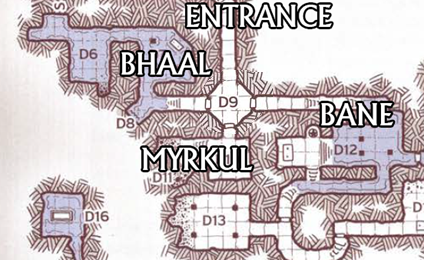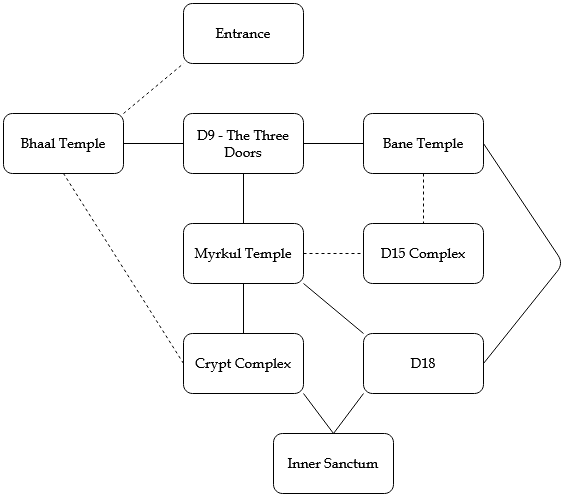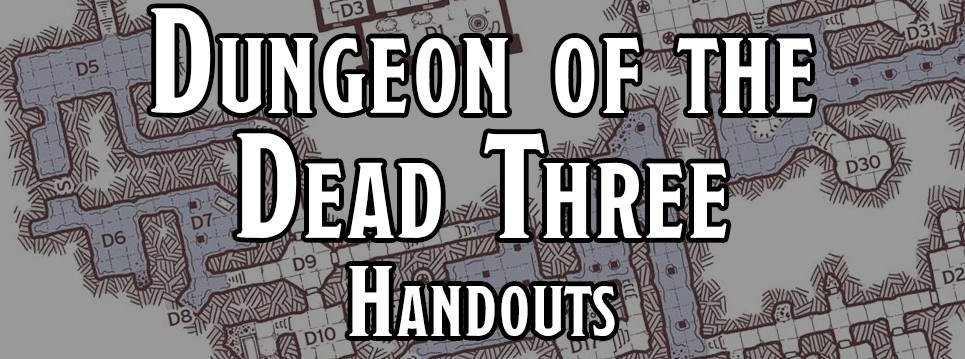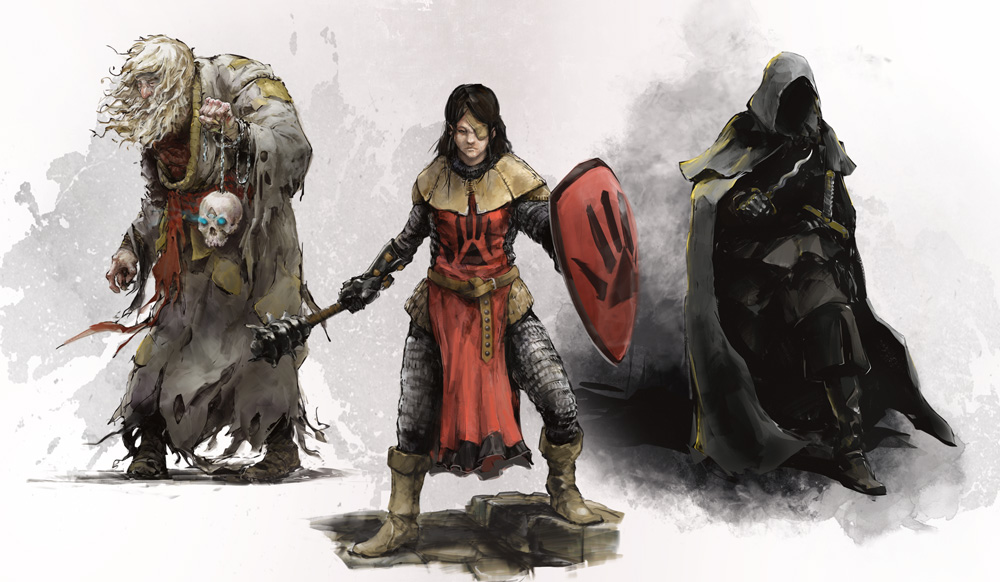
This is a sequel to Random GM Tip: Calling in the Big Guns. That article dealt with strategies for dealing with PCs who go to powerful patrons for help; NPCs that logically should want to help them with their current situation, but whose involvement would effectively sideline the PCs and possibly remove them from the scenario entirely.
This article deals with a similar problem: What happens when the PCs, when confronted with some horrible crime or circumstance, do the logical thing and report it to the proper authorities? For example, the police. Or the CIA. Or the army. The big, organized forces of Little Guys who enforce civilization.
Many of the techniques from the previous article will also work for this situation (and vice vera), but in practice they’re different enough to pose unique challenges. For example, while it’s relatively easy to explain why Elminster is busy and can’t help right now, it’s more difficult to explain why the entire police department would be so preoccupied that none of them can respond to a crisis.
(Realistically, of course, the difference between the Big Guns and the Little Guys is a spectrum with plenty of gray in the middle of it: The Chicago PD is definitely the “proper authorities.” A small town sheriff without backup looks a lot more like a solitary patron.)
In my experience, calling in the Little Guys also tends to be more disruptive than calling in a Big Gun. I think this is because most RPGs are structured around small bands of extraordinary heroes. Whereas Big Guns tend to work in the same paradigm, the inclusion of Big Brother seems to simply drown the PCs out. To mix my metaphors, the PCs end up being a fish out of water.
(This assumes that it’s the players who are deciding to reach out to the NPCs. Oddly, if the situation is reversed and it’s the GM who’s pushing the NPCs into the scenario I find that the exact opposite is true: Big Guns become far more disruptive and the Little Guys are manageable. I suspect this is for the exact same reason. The Big Gun operates in the same paradigm as the PCs, so when the GM tries to shove one of them down the players’ throats it feels as if the PCs are just being replaced by a newer, shinier model that they don’t get to play. Whereas when the Little Guys show up uninvited, they tend to be interpreted as simply another obstacle that our strong, independent heroes need to figure out a way to overcome. But I digress.)
So the PCs have picked up the phone and called the cops.
What happens next?
#1. THEY DON’T BELIEVE THEM

This solution can be basically a genre convention for any modern campaign featuring the paranormal. Think of shows like Buffy the Vampire Slayer and Supernatural: If you go to the cops babbling about werewolves, they aren’t going to believe you. They’ll probably just end up making the problem worse.
You can even use this paradigm in campaigns where the PCs are the authority. In fact, if you frame it correctly, it can let the PCs both simultaneously belong to a government agency AND be a small band of extraordinary heroes. Think The X-Files.
But this conceit doesn’t require the supernatural, either. Think about the beginning of Die Hard, where John McClane is continually trying to convince the LAPD that the terrorist threat is real, but they keep dismissing him as a kook or prank caller.
#2. LOST IN BUREAUCRACY
Alternatively, the PCs detect an oncoming crisis, warn the appropriate authorities, and… nothing. The authorities don’t do anything. Or they do something, but it’s misguided and doesn’t actually solve the problem. Or there’s a committee that’s going to figure out what the proper course of action is, but it’s clear by the time they’re done deliberating that the asteroid will have already obliterated Venice (or whatever).
Look no further than restraining orders that take three weeks to process when the guy bought a gun yesterday, the government response to the climate crisis, or the clusterfuck pandemic response in places like Brazil, England, and the United States. If anything, it becomes even easier to find malfeasance, mismanagement, and neglect at the local level.
You can send a strong signal early in a campaign that the Little Guys aren’t going to help the PCs by sending the bureaucracy looking for them first. Think about Walter Peck, the abusive EPA rep in the original Ghostbusters.
#3. THE BAD GUYS ARE CONNECTED
Coming back to Die Hard, do you remember that scene where McClane is celebrating because he can see the cop cars coming down the boulevard… but then the bad guys call it in as a false alarm and the cops flip off their sirens, turn around, and leave?
This scenario covers any number of possibilities for how the bad guys can counter the PCs notifying the authorities, like the horror and suspense movies where the heroes see something suspicious and call the cops, but by the time the cops show up, the bad guys have had a chance to make everything look normal.
It may be even more insidious than that, however, with the bad guys having already infiltrated the Little Guys: That might just be a few crooked cops so you don’t know who to trust, or it could be a conspiracy that secretly controls the entire local government. (Or an invasion of body-snatchers to the same effect.)
#4. THEY DEFER TO THE PCs
At the opposite end of the spectrum, let the Little Guys recognize that the PCs are the most qualified, the most skilled, and/or have the most insight into what’s happening. They’ll either partner up with the PCs or simply put resources (and manpower) at their disposal.
One variant of this that can work particularly well is for each PC to be put in command of a squad of NPCs. You can let the players run the whole squad or, if the squads split up to pursue multiple objectives simultaneously, you can use troupe-style play (in which all the other players take an NPC in the current PC’s squad).
But what really makes this technique work is to actually put the players in charge: Give them access to the resources, but let them figure out how they want to utilize them.
This can be a fine line to walk if you want to make sure that it doesn’t permanently transform the campaign, but it’s usually not too difficult to justify why this is a temporary circumstance that only applies to the immediate situation. (Although maybe permanently shifting the campaign is exactly the right way to go!)





















